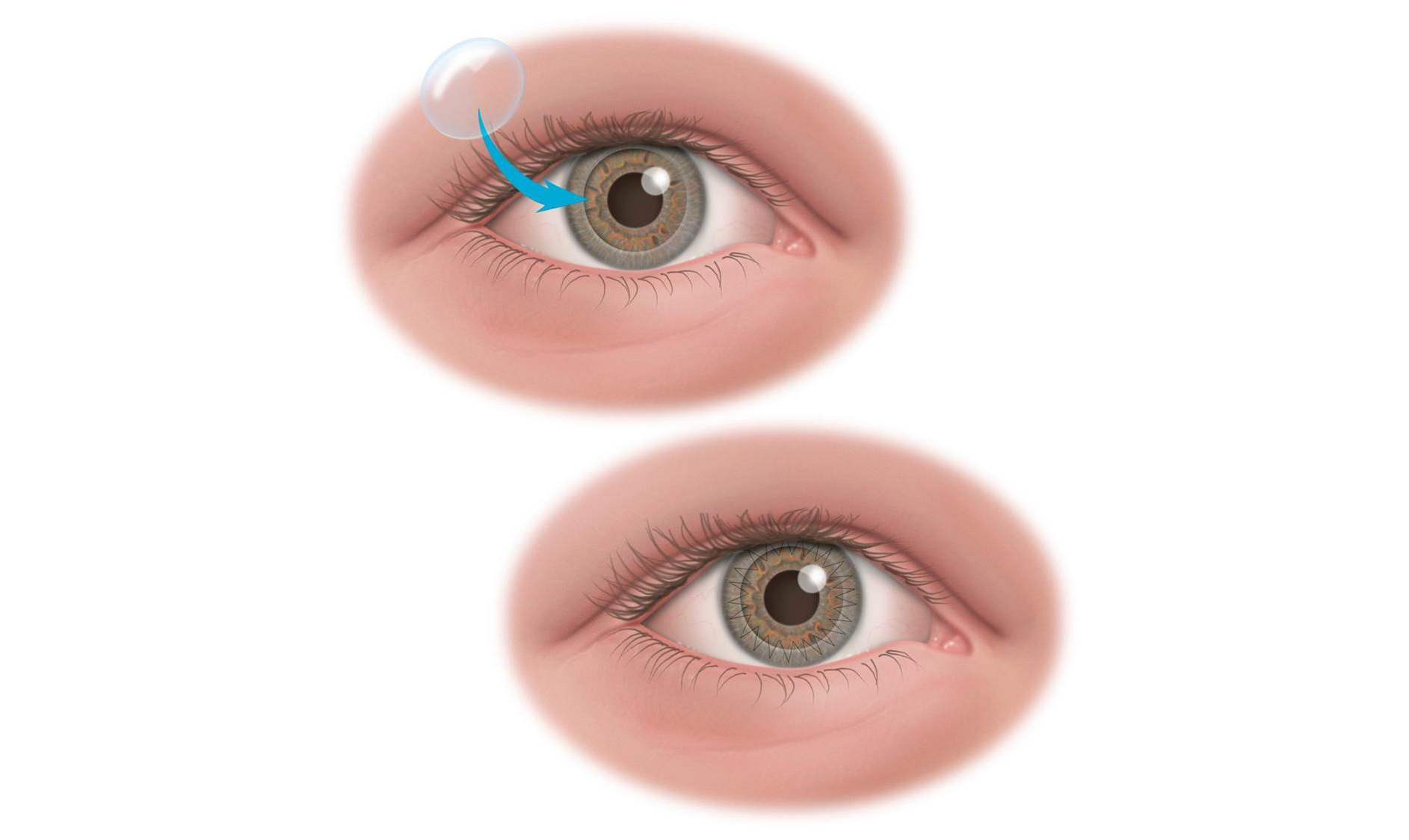Cornea Transplantation in Singapore

The Cornea
Cornea Transplantation
Types of Cornea Transplantation
Several types of cornea transplantations are available. The choice of procedure is dependent on your disease condition, and this will be discussed in detail with you by your ophthalmologist.
Penetrating keratoplasty or full-thickness transplantation is the transplantation of all layers of the diseased cornea.
Lamellar keratoplasty or partial thickness transplantation selectively exchanges only the portion of the cornea affected by the disease. Examples of lamellar transplants performed include deep anterior lamellar keratoplasty (DALK), Descemet Stripping Automated Endothelial Keratoplasty (DSAEK) and Descemet Membrane Endothelial Keratoplasty (DMEK).
Cornea transplantation is sometimes combined with other surgeries, including cataract surgery and intraocular lens (IOL) implantation, and can be performed at the same sitting.
A video showing a partial thickness corneal transplantation of the front (anterior) portion of the cornea. This procedure is termed Deep Anterior Lamellar Keratoplasty (DALK), and here it is performed using the Anwar big bubble technique.
A video showing another form of partial thickness corneal transplantation, this time involving only the innermost layer of the cornea (the endothelium). This procedure is called Descemet Stripping Automated Endothelial Keratoplasty (DSAEK)
Side Effects and Complications of Corneal Transplant
The main complication following cornea transplantation is cornea graft rejection, whereby the patient’s body does not accept the cornea and reacts by damaging it. The risk of this happening depends on the type of transplant performed, the underlying disease and other factors.
Other side effects include raised eye pressure (glaucoma), inflammation, infection, astigmatism and other refractive errors, suture-related problems, graft wound dehiscence etc.
What you need to know about the Operation
The surgery is usually performed under general anaesthesia (you will be asleep throughout), but it may occasionally be performed under local anaesthesia. The surgery usually lasts one to three hours. Some patients require admission to the hospital for an overnight stay as part of the post-operative management.
Dr Chan selects corneas for transplantation very carefully. The final confirmation as to whether the operation will proceed depends on the availability of the donor tissue and the assessment of the tissue just before surgery. As a result, it may be possible that the surgery is postponed at the last minute, if the tissue is not certified to be of good enough quality for the surgery. If this occurs, the surgery will have to be re-scheduled, and the next available date with available donor tissue will be given.
After the surgery, you will be prescribed antibiotic and steroid eyedrops.
Life After Corneal Transplant
Visual recovery
Vision may take weeks to months to recover, and in most cases, will only stabilise at about 6 months after surgery. Glasses or contact lenses may be required to maximise vision. Occasionally, additional surgery or laser treatment may be required
A change in lifestyle
Depending on the type of transplant performed, certain changes in your lifestyle need to be made. Generally, most transplant patients will be told to rest, to avoid getting accidentally hit in the eye and to avoid strenuous activity for several months. Contact sports is generally not recommended especially if full-thickness transplantation is performed.
Sutures
Sutures (or stitches) placed during surgery are usually left in the eye and removed by your surgeon over weeks to years. Often, if the sutures do not loosen, cause astigmatism, attract blood vessels or cause discomfort, they are left in the eye. Your surgeon will decide on the best time to remove these sutures, if required.
Follow-up checkups
It is important to come for regular checks with your Cornea Surgeon, and eye drops need to be instilled on a regular basis indefinitely in most cases. The eye drops (topical steroids) are extremely important as they prevent the body from rejecting the cornea, which can occur weeks to years after the surgery.
